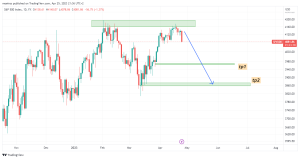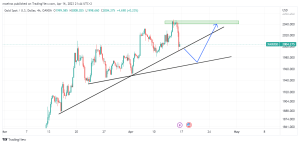Trading psychology is the study of how emotions and mental states affect a trader’s success or failure. The phrase “trading psychology” refers to the various aspects of a person’s personality and behavior that have an impact on their trading decisions.
Two of the most important parts of trading psychology are discipline and risk-taking, because a trader’s ability to execute these aspects is crucial to the success of his or her trading plan. Trading psychology is often connected with fear and greed, but other emotions such as hope and remorse also play a part in trading behavior.

- In trading psychology, innate human qualities like as biases and emotions play a critical role. The primary goal of studying trade psychology is to become aware of the different risks linked with a negative psychological feature and to build more positive traits. Traders who understand trading psychology will not act based on bias or emotion. As a result, they have a better chance of making a profit or, at the very least, limiting their losses while trading.
- Trading psychology is unique to each trader because it is impacted by their personal emotions and pre-determined prejudices. Some of the emotions that influence trading are:
1. Happiness
2. Impatience
3. Anger
4. Fear
5. Pride
How to Strengthen Your Trading Psychology?
If you are naturally confident, you may find that overconfidence and pride impede your decision-making abilities. For example, rather than incurring a little loss, you could let losses continue in the expectation that the market will turn around. This could result in further losses or the inevitable collapse of your trading account.




